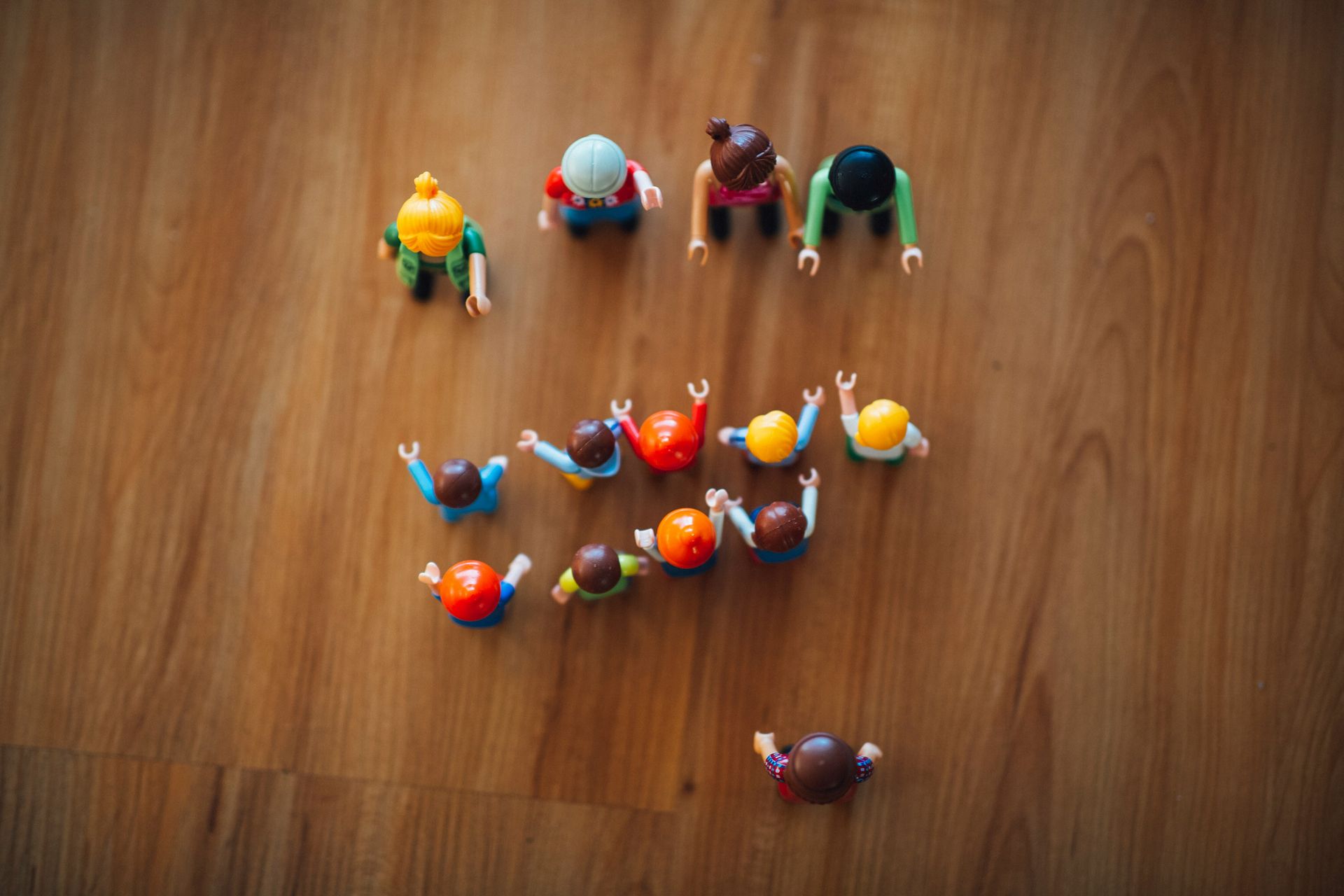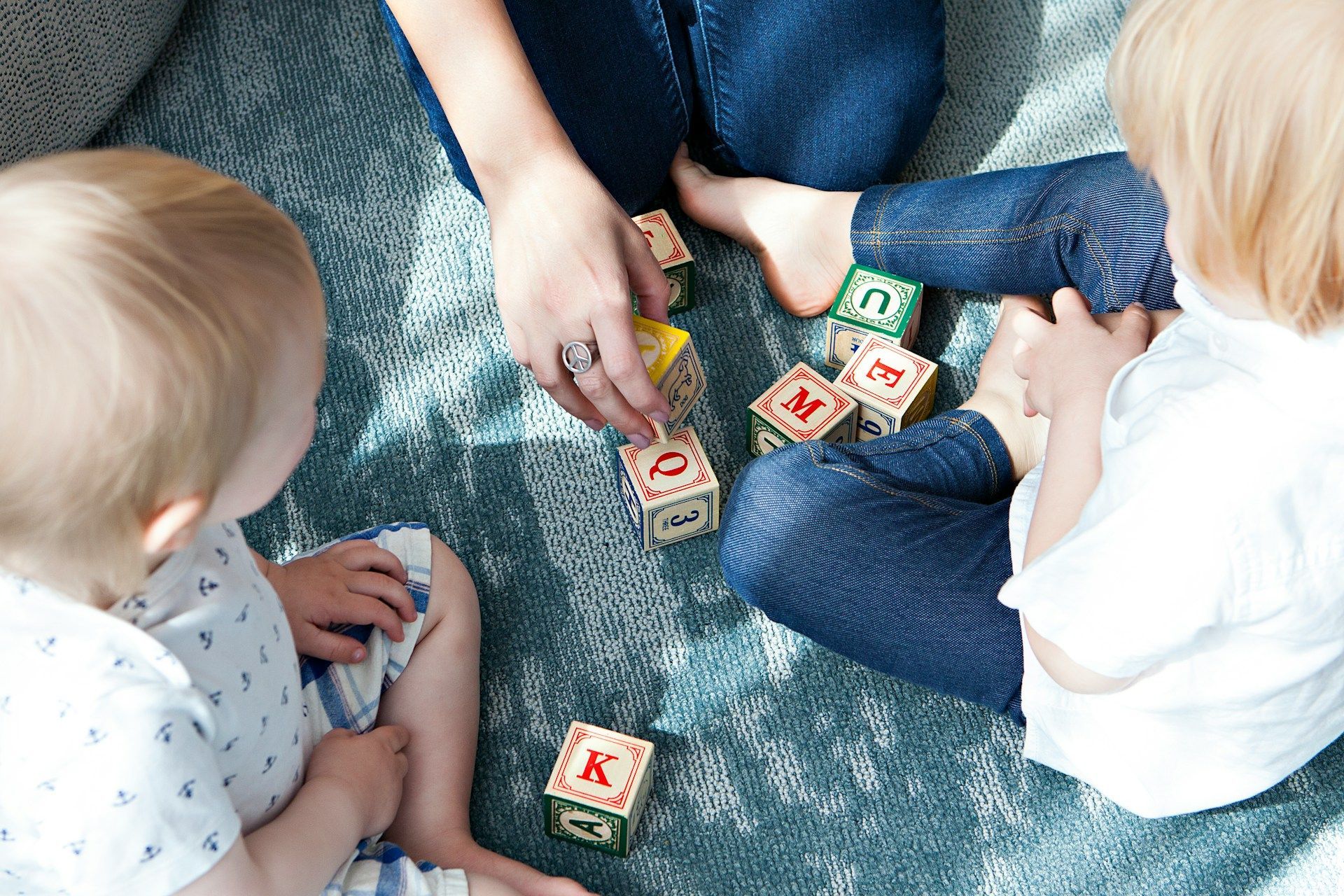Understanding the Difference: How Anxiety Affects Children and Adults Differently
Expert Insights on Anxiety Treatment for Children and Adults in Charlotte

Imagine a seven-year-old refusing to attend school, complaining of stomach pains every morning. At the same time, their parent lies awake at night, consumed by worries about finances, health, and their child's future. Though both are experiencing anxiety, the manifestation and appropriate treatment approaches differ significantly.
The Growing Concern of Anxiety Across Generations
Anxiety disorders affect approximately 31.9% of adolescents and 19.1% of adults in the United States, making them the most common mental health condition across age groups. However, recognizing anxiety looks different depending on the developmental stage presents a challenge for many families seeking help.
According to Dr. Daniel Pine, Chief of the Development and Affective Neuroscience Section at the National Institute of Mental Health, "Children often can't articulate their anxious feelings the way adults can. Instead, they might show physical symptoms or behavioral changes that parents might not immediately recognize as anxiety."
How Anxiety Presents Differently: Children vs. Adults
Dr. Pine's research highlights several key differences in how anxiety manifests across developmental stages:
In Children:
- More likely to express anxiety through physical complaints (stomachaches, headaches)
- May display behavioral issues like tantrums, crying, or refusing activities
- Often struggle to identify or verbalize what they're feeling
- May show regression in developmental milestones during stressful periods
In Adults:
- Generally better able to articulate specific worries and anxious thoughts
- More likely to experience cognitive symptoms (rumination, catastrophizing)
- May develop avoidance behaviors that impact work and relationships
- Often aware they're experiencing anxiety, even if they can't control it
Age-Appropriate Anxiety Management Techniques
Understanding these differences allows for tailored therapeutic approaches. Dr. Pine emphasizes that while medication can be helpful in some cases, evidence-based psychological treatments should be first-line interventions for most children and adults.
Play therapy and family-based cognitive behavioral therapy have shown remarkable effectiveness for children. These approaches involve parents in treatment and use age-appropriate activities to help children develop coping skills.
For adults, individual cognitive behavioral therapy, mindfulness practices, and stress management techniques often yield positive results, giving adults concrete tools to recognize and challenge anxious thought patterns.
Finding Support for Your Family
Whether you're concerned about your child's anxiety symptoms or struggling with your anxiety, recognizing how these conditions manifest differently across developmental stages is the first step toward effective treatment.
Just as that seven-year-old with stomach aches and the parent lying awake with worries need different approaches to address their anxiety, your family deserves personalized care that considers each individual's developmental needs and circumstances.
At Bareiter Counseling Center, our experienced therapists specialize in treating anxiety across all age groups using evidence-based approaches tailored to each client's unique needs. If anxiety affect you or your child, call us today at 704-334-0524 to schedule an appointment with one of our compassionate counselors in Charlotte.
References: Pine, D. S. (2022). Developmental perspectives on pediatric anxiety disorders: Implications for research and treatment. Journal of Child Psychology and Psychiatry, 63(4), 425-438.
National Institute of Mental Health. (2023). Anxiety Disorders in Children and Adolescents. Retrieved from https://www.nimh.nih.gov/health/topics/anxiety-disorders/index.shtml



